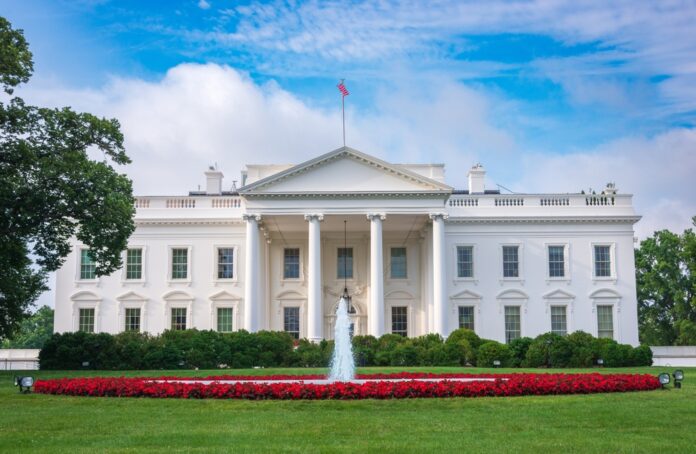The White House hosted its much anticipated US Crypto Summit on Friday (7 March 2025), with business leaders from some of the leading crypto exchanges, blockchain technologists and fintechs in attendance.
Captains of the crypto industry discussed ideas and opportunities with US policymakers as the Trump administration looks to explore the future of digital assets regulation and innovation, setting the stage for potential shifts in US policy.
The event was chaired by White House crypto czar David Sacks and included a private roundtable discussion with around 30 participants.
Those who were excepted to attend (according to US media reports) included Brian Armstrong, CEO of Coinbase, Vlad Tenev, CEO of Robinhood, Arjun Sethi, CEO of Kraken Digital Asset Exchange, Kris Marszalek, CEO of Crypto.com and Brad Garlinghouse CEO of Ripple.
US media reports also suggested that invitations were extended to Matt Huang, co-founder of Paradigm, Zach Witkoff, co-founder of World Liberty Financial, Cathie Wood, CEO of ARK Investment Management and Vitalik Buterin, co-founder of Ethereum.
Circle’s Jeremy Allaire, Tether’s Paolo Ardoino, Cardano’s Charles Hoskinson and Anatoly Yakovenko the founder of Solana Foundation were also expected to attend.
Discussions included the measures required to establish a clear regulatory framework for cryptocurrencies. The industry has long called for regulatory clarity to foster innovation while ensuring consumer protection.
The crypto industry is hoping the summit provides a unique opportunity for industry leaders and policymakers to collaborate on crafting policies that balance these objectives.
Then there’s the potential creation of a US Crypto Strategic Reserve, as trailed the previous weekend (read here). The initiative aims to position the US as a leader in the global digital asset space by holding a reserve of strategic cryptocurrencies. The idea has garnered both support and scepticism, and the summit will likely explore its feasibility and implications.
As the digital assets market evolves, the outcomes of the summit could have far-reaching effects on the industry’s trajectory.



